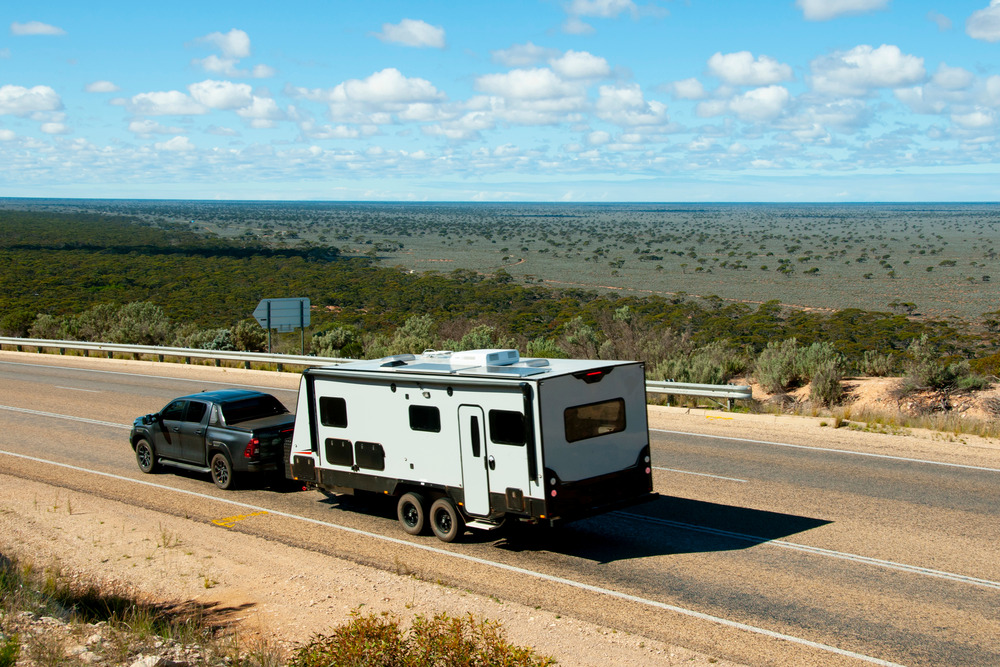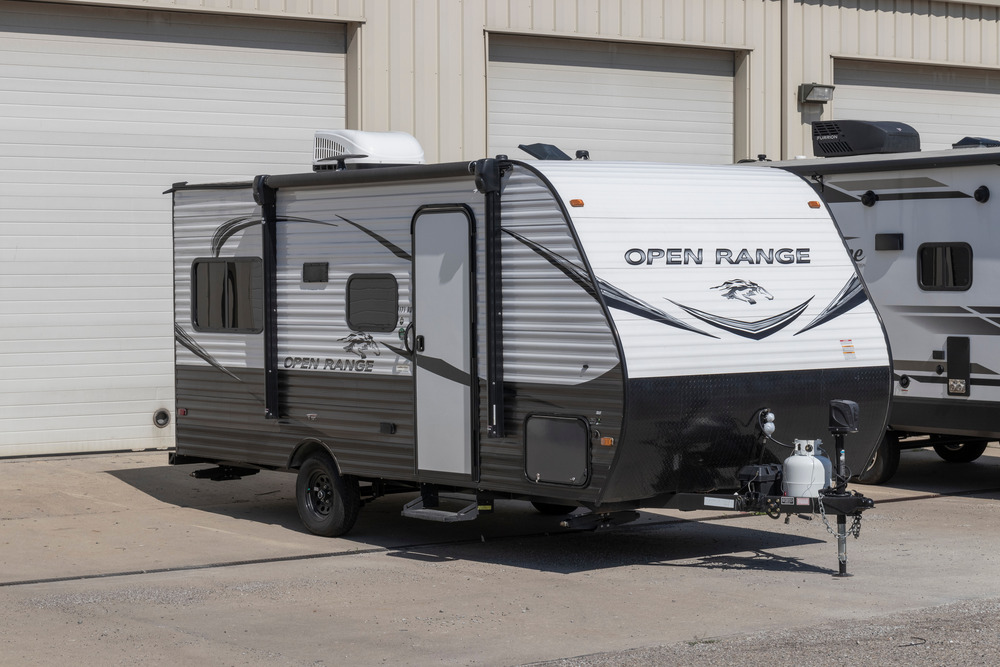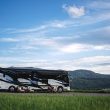Whether you’re an expert tower or a novice, adding in a stabilizer bar to your towing setup is a great idea that adds an extra layer of safety and security. If you aren’t sure if you need one or not, try towing without one first. If you notice any sort of swaying or instability, it might be time to invest in a stabilizer bar. In this blog, we’ll go over what exactly a stabilizer bar is and a few things you should know about them.
Trailer sway is an incredibly common occurrence in the towing world and is the result of large trucks zipping by or sudden trailer jerks. If one gets out of alignment with the other, the trailer and vehicle could either tip or separate. The smallest amount of wind can be overwhelming for the driver to handle. These are regular happenings that are out of our hands, but they are some things to be done to reduce the chances of major damages.
What is a stabilizer bar?
Firstly, we’ll go over what a stabilizer bar’s purpose is and in what situations you might need one. A stabilizer bar, or sway bar, helps reduce the amount of sway in a situation where the trailer is put under conditions like high winds or when a larger truck is passing by and it catches a gust of wind. They also help if the drive suddenly needs to stop, turn, or do some sort of maneuver. Stabilizer bars aren’t absolutely necessary, but if the trailer is unstable behind the towing vehicle, it’s something that should be addressed. The best way to avoid having to purchase one is the way the trailer is loaded.
Here are a few tips on how to properly load a trailer:
- Pay attention to weight distribution. When loading a trailer, a general rule is to keep a 60/40 ratio: 60 percent of the weight should be in front of the axle, and 40 percent should be behind. Distributing the weight in this manner will significantly reduce trailer sway.
- Load up heavy items first. Putting your heavier items on the trailer first will help you stick to the 60/40 rule, which is rather critical for safe towing. Place your heavy things just a bit forward of the axle, and then you can start adding in smaller and lighter items around, making the weight distributed evenly.
- Fill in extra space with lighter items. When all of the heavy items are loaded, you can take the lightweight items in nooks or any open spaces they’ll fit into. This lightweight cargo could contain handheld tools or supplies, or it could be small yard working equipment. Either way, putting these items into a container together makes them much easier to load and locate once you start unpacking.
Even if you do feel comfortable towing a trailer, and your trailer feels stabilized, you’ll still want to reduce trailer sway. A stabilizer bar slows the pivoting of the trailer coupler on the ball and helps the driver control overcorrection.
What does a stabilizer bar do?
Stabilizers help distribute the weight more evenly by using the weight of the trailer to create stability. They also often make is easier to maneuver or be in more control of whatever is being towed. There are so many options available made for any price point, so finding one that works for you won’t be a huge headache.
What if I do start to sway?
The thing to remember is to stay calm and not panic! It happens often, and people are often able to get things back under control in no time. Slow and steady moves will get you back in power and try not to counter-steer as this will more than likely make you overcorrect. To slow down, don’t break the towing vehicle (this probably won’t do much). Use the brake’s manual override of the trailer or RV you’re towing to reduce speed and gain control.
Preventing trailer sway is a basic part in towing successfully, and learning how to combat it keeps you and everyone on the road safe. Once a trailer starts to sway, it can get out of hand very quickly and could be damaging if the driver doesn’t know how to handle it. Start by examining your own driving techniques, and then purchase a stabilizer bar if needed.








